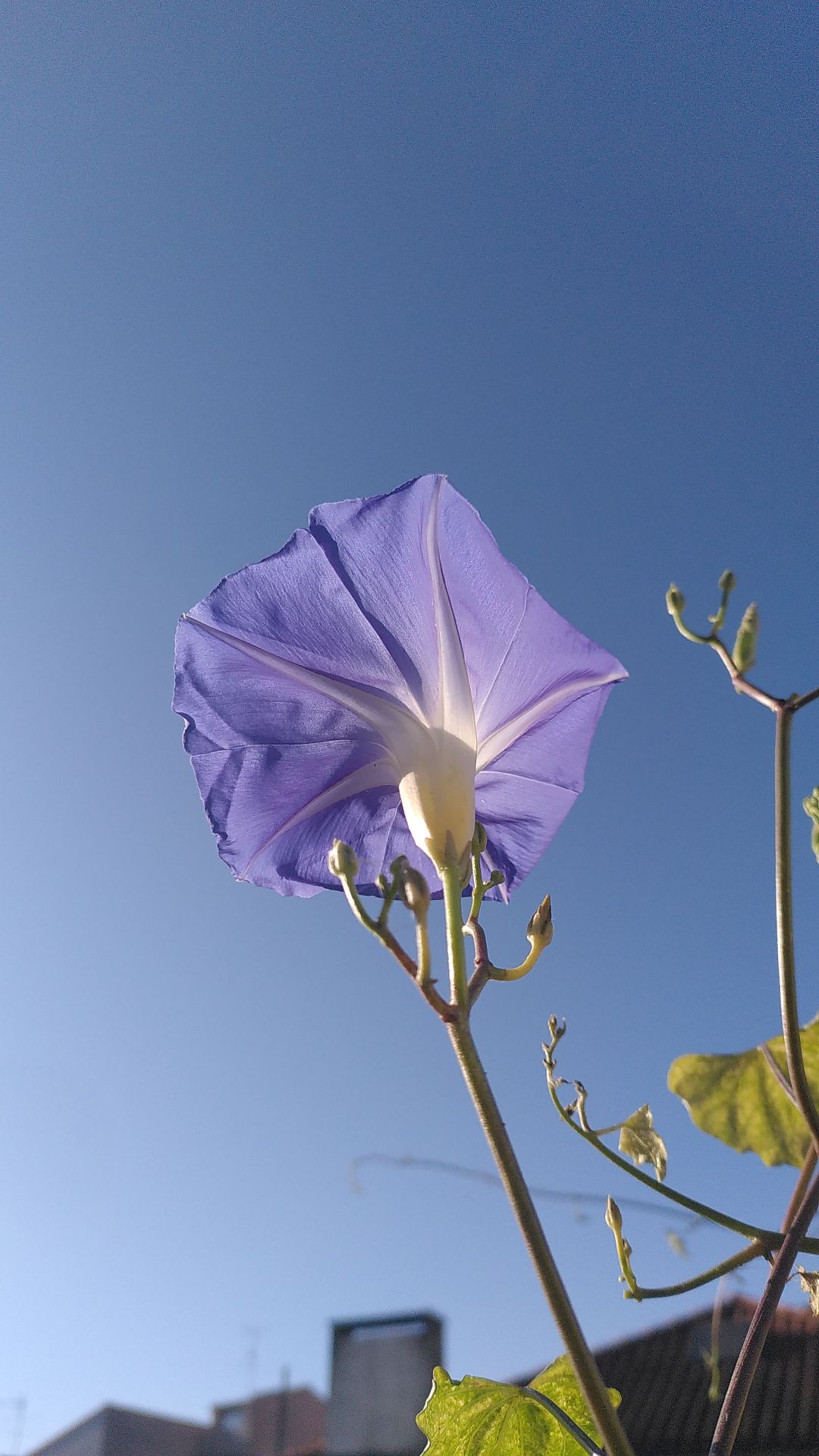Do you have a general stance about it?
Once every couple of months I look into the state of both projects and it’s slow but steadily progressing.
I am mainly looking into it because of the file compression. My tests showed that I can save up to 70% in disk space for a jpg image without losing too much information for both formats, avif and jxl. It depends on the images but in general it’s astonishing and I wonder why I still save jpgs in 100% quality.
But, I could also just save or convert my whole library to 70% jpg compression. Any advice?
JXL is the best image codec we have so far and it’s not even close. I did a breakdown on some of its benefits here. JXL can losslessly convert PNG, JPG, and GIF into itself, and can losslessly send them back the other way too. The main downside is that Google has been blocking its adoption by keeping support out of Chromium in favor of pushing AVIF, which started a chicken and egg problem of no one wanting to use it until everyone else started using it too. If you want to be an early adopter you can feel free to use JXL, but just know that 3rd party software support is still maturing.
Something you might find interesting is that the original JPEG is such a badass format that they’ve taken a lot of their findings from JXL and made a badass JPEG encoder with it named jpegli. Oddly, jpegli-based JPEGs are not yet able to be losslessly-compressed into JXL files, per this issue - hopefully that will be fixed at some point.
jxl is love. jxl is life (also afaik re-encoding jpeg to jxl is lossless)
Yes it’s lossless. JPG->JXL lossless compression is generally 20% savings for free.
Don’t compress your images to 70% jpg!!!
HDD space is essentially free, just get more. With a 70% quality jpg, you lose the ability to crop, edit or blow up your images. It basically limits you to looking at them on a screen. And even there, you’ll get jarring artifacts in dark areas.I think they were saying that they could save space by converting their existing jpg files to avif or jpgXL,
not converting to a 70% quality jpg. JpgXL can do this losslessly so there’s no drawback there, but converting to avif would be a lossy to lossy transcode.EDIT: I completely missed OP’s last paragraph, which does say they are considering converting their existing jpg files into 70% jpgs.
With a 70% quality jpg, you lose the ability to crop, edit or blow up your images. It basically limits you to looking at them on a screen.
I don’t understand what you mean! 🧐
If I have a 70% quality jpeg, I can open it in Gimp and crop, edit or blow up (a bit) the image.
You can, but 70% quality has visible jpeg artifacts and any editing makes them worse.
Oh. I see!
Thank you 😊
I’ve converted my old phone photos backups to JXL recently thru transparent compression & saw a similar 30% smaller files. When converting out RAW files I usually pick something like 96% as close enough to 100%. The JXL uptake in the free software category has been pretty damn good. The last year I’ve been using
<picture>on the web to upload only a JXL file + PNG/JPEG fallback because users don’t actually want video containers. I would consider WebP & AVIF only for niche cases where I need a raster graphic but I see no use case for a user ever wanting to save the file to their disk.If Android supported JXL natively it would be amazing. It seems like an absolute waste of space for photos from my phone to take up 30% more space to no benefit. Chrome’s internal fighting allowing AVIF to be the championed format is a real shame tho as AV1 takes more resources to encode & leads to better perceptual quality:size ratio only in some cases.
I would really like an android gallery allowing for “full size” favourites with one click. All others get compressed.
I some time had 10GB images in total. Jpeg is already awesome.
No idea why the browsers just dont support it
Jpg at 70% will lose a significant amount of detail. It is a “lossy” format, you cant judt compress data for nothing.
AVIF is significantly more efficient than jpeg, so it loses less image data for higher compression (smaller file sizes).
JXL supports both lossy and lossless compression, and is supposed to be more efficient yet over AVIF. However it’s got proprietary all over it because Google et al. For thst alone I would shy away from JXL and go AVIF.
JXL is not proprietary. It’s an open, royalty-free format whose reference implementation is BSD-licensed.
I always shoot in raw+jpeg with the jpeg quality set to 100%. The raw files have a higher dynamic range and there is little or no processing done to them. The files are large, but storage space is cheap these days. The jpeg files are for convenience and if I don’t like the way they come out, I can process the raw file however I want and export it to whatever format is most suitable for what I’m using it for.






